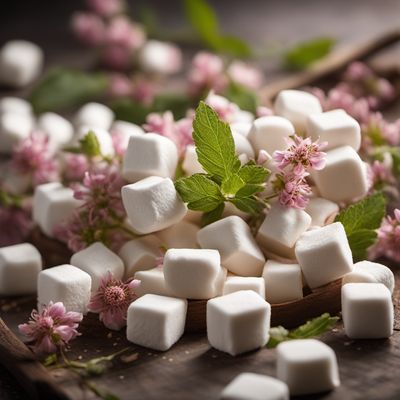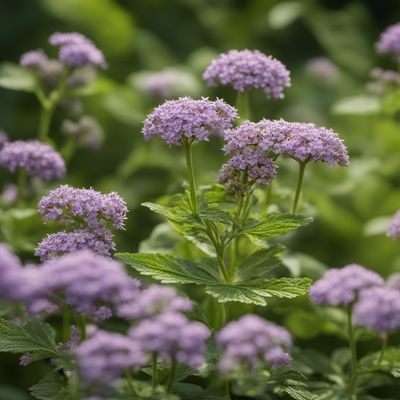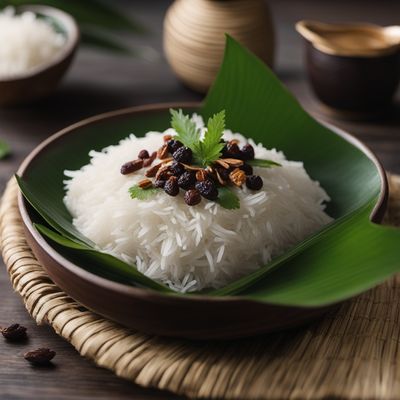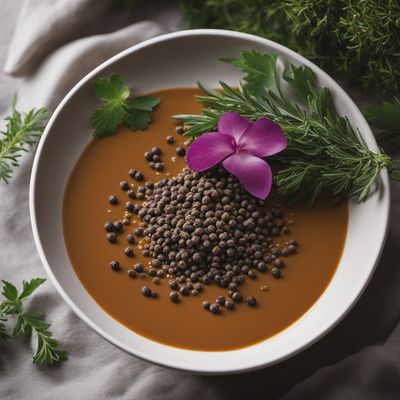
Ingredient
Angelica root, dry
The Herbal Elixir
Angelica root is a perennial herb with a distinct earthy and musky flavor. It has a fibrous texture and appears as a dried, brownish root. Its unique taste adds depth to both sweet and savory dishes, making it a prized ingredient in various cuisines around the world.
Origins and history
Angelica root has been used for centuries in traditional Chinese medicine and European herbal remedies. It was believed to have mystical properties and was often associated with protection and healing. Today, it is cultivated in many countries for its culinary and medicinal uses.
Nutritional information
Angelica root is a good source of dietary fiber, vitamins, and minerals. It is low in calories and contains antioxidants that may have potential health benefits.
Allergens
There are no known allergens associated with angelica root.
How to select
When selecting dried angelica root, look for pieces that are firm, unblemished, and have a strong aroma. Avoid any roots that appear moldy or have a musty smell. Opt for organic or sustainably sourced options whenever possible.
Storage recommendations
To maintain the freshness and quality of dried angelica root, store it in an airtight container in a cool, dark place. Avoid exposure to moisture, heat, and direct sunlight, as they can degrade its flavor and potency.
How to produce
Angelica root can be grown in a home garden by planting seeds or root cuttings in well-draining soil. It requires a cool and moist environment to thrive. Regular watering and partial shade are essential for its growth.
Preparation tips
To use angelica root, soak the dried pieces in warm water for about 30 minutes to rehydrate them before incorporating them into recipes. It can be used in teas, infusions, tinctures, and as a flavoring agent in baked goods, liqueurs, and savory dishes. Its strong flavor pairs well with citrus, ginger, and other aromatic herbs.
Culinary uses
Angelica root is commonly used in herbal teas, liqueurs, and traditional dishes in Scandinavian, French, and Chinese cuisines. It adds a unique herbal note to desserts, stews, soups, and pickles.
Availability
Angelica root is widely available in specialty health food stores, herbal shops, and online retailers.
More ingredients from this category » Browse all

Tormentil infusion roots
The Healing Power of Tormentil

Rhatany infusion roots
The Hidden Gem: Unveiling the Power of Rhatany Infusion Roots

Cowslip infusion roots
The Hidden Power of Cowslip Infusion Roots: A Culinary and Medicinal Marvel

Pimpernel infusion roots
The Hidden Elixir: Unveiling the Pimpernel Infusion Roots

Sarsaparilla infusion roots
The Root of Refreshment: Sarsaparilla Infusion Roots

Herb bennet infusion roots
The Hidden Elixir: Unveiling the Secrets of Herb Bennet Infusion Roots

Marshmallow infusion roots
The Soothing Elixir

Seneca snakeroot infusion roots
The Healing Power of Seneca Snakeroot: Unveiling Nature's Remedy

Mexican valerian infusion roots
"The Tranquilizing Elixir: Unveiling the Secrets of Mexican Valerian Infusion Roots"

Echinacea infusion roots
The Immune-Boosting Powerhouse: Echinacea Infusion Roots

Fragrant sumac infusion roots
The Aromatic Essence

Valerian infusion roots
The Tranquilizer: Valerian Infusion Roots
Recipes using Angelica root, dry

Faroese Seafood Soup
Oceanic Delight: Faroese Seafood Soup

Palembang Peach Pie
Peachy Delight: A Taste of Palembang

Black Chicken Herbal Soup
Healing Delight: Black Chicken Herbal Soup

Georgia Peach Delight
Sweet and Juicy Georgia Peach Delight

Beijing-style Spicy Fruit Relish
Fiery Fruit Fusion: Beijing's Spicy Mostarda

Sishen Soup with Nourishing Herbs
Healing Elixir: Sishen Soup to Nourish Your Body and Soul

Coconut Leaf Sticky Rice
Arctic Delight: Coconut Leaf Sticky Rice with a Sami Twist

New Nordic Tapas
Nordic Bites: A Modern Twist on Spanish Tapas

Heusuppe with a Malaysian Chinese Twist
Malaysian Chinese Herbal Soup with a European Touch

Sami-inspired Peppercorn Sauce
Arctic Peppercorn Delight